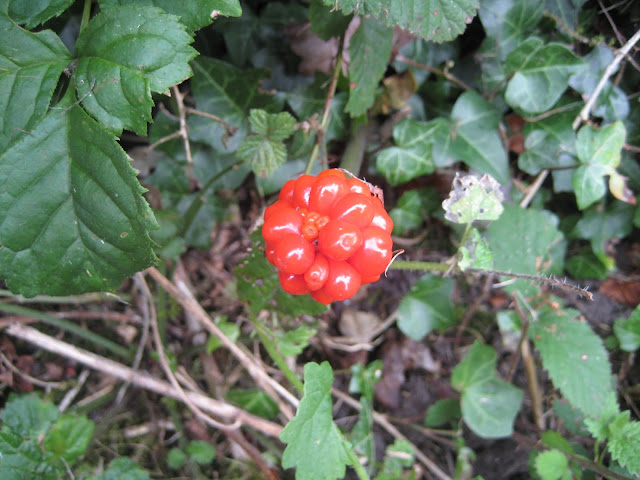In early April Jim and Derek planted three trees up near the viewpoint. They were an oak, a hornbeam and a birch. April is rather late to plant trees but as they were in pots there was a good chance of survival as long as we kept watering them.
Derek had rather a hard time as he encountered rock just below the surface.
Here's Jim planting the oak, donated by Robin and Stephanie Cole-Morgan
It looked a bit better with a few leaves on in May.
Not much change since then but . . . . .
. . . . . new buds at the top presage a second flush of growth in July
The hornbeam from Dave Rowley was a more substantial treelet.
Looking a bit thirsty in May but Jim kepts watering it assiduously. Newly planted trees need watering in their first year.
Still hanging in there in late June.
The birch,which Jim had received from the Woodland Trust, was rather smaller!
Can you see that thin brown line up the middle of the above picture?
Birches are tasty to rabbits so in late May it was given a tree shelter for protection. The leaves were just poking out of the top.
And now it is growing well.
Birches will put up with anything except shade and drought.



















































